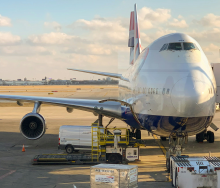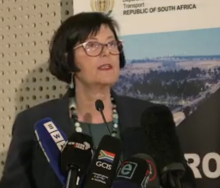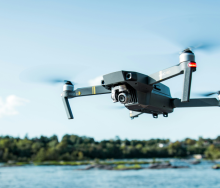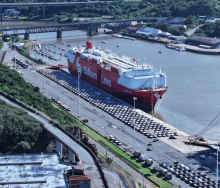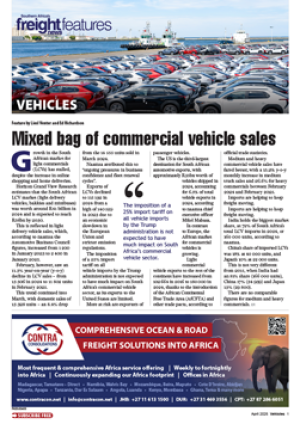New research and a pilot project are being undertaken to establish the performance of road underpass structures, such as culverts, viaducts and bridges on the N4 with the aim of getting animals off the road.
Animals crossing roads can cause vehicle damage and even death for occupants.
The Wildlife and Transport Programme of the Endangered Wildlife Trust (EWT) has formed a strategic partnership with the Trans African Concessions (TRAC N4) Rufford Foundation and the Centre for Functional Biodiversity, School of Life Sciences, University of KwaZulu-Natal to undertake the research.
“Road transport provides an enabling environment for the movement of freight and contributes approximately 74% of total land freight income in the sector,” according to Thabo Hlatshwayo of the EWT.
He said the African continent was urbanising at an accelerated rate and infrastructure development projects were expanding. Projects include many industrial mining project plans to increase industrial and agricultural sectors and create over 50 000 kilometres of proposed ‘development corridors’. These will put the natural landscape and fauna on a collision course, with profound ecological consequences.
“In South Africa, there is a need to revise road planning and design policies and craft them in such a way that they address and help the country achieve sustainable transportation systems. Road transport has a range of ecological impacts - carbon emissions (75% of the world’s emissions) and many negative impacts on biodiversity, one of which is collisions between wildlife and vehicles (ie, roadkill), resulting in not only injury or loss of life to animals but damage to vehicles and potential injury to vehicle occupants.
“Moreover, the barrier effect that roads create can have adverse effects on species' populations. Planning for connectivity in the form of safe under-road wildlife crossings is key in mitigating negative ecological effects of roads and facilitating species’ dispersal ability throughout road-fragmented habitats, as these will save human lives and wildlife diversity,” he added.
This doctoral study is being undertaken to ascertain how useful road underpasses are in helping animals to move across roads.
The study presents a road underpass and camera trap roadkill mitigation project that attempts to broaden the understanding of whether animals can cross roads successfully using existing road underpass structures. The research should indicate how underpasses on the N4 should be modified for the benefit of wildlife and reduce roadkill.
He said camera traps enabled reliable monitoring of animal behaviour and utilisation of the modified road underpass structures. This means that roadside fencing can be adapted to funnel wildlife towards the closest crossing structures, thus eliminating collisions between animals and vehicles and contributing to the smooth transportation of goods and services.
To achieve the objectives of the Green Transport Strategy (GTS) to have a smart, sustainable road transportation system, the starting point would be to revise the way that roads were planned, designed and built, Hlatshwayo added.

A “fence” guides animals to the underpass crossing point where cameras monitor movement as part of the N4 project to study how road design and fencing can adjust to avoid animal and vehicle collisions.








